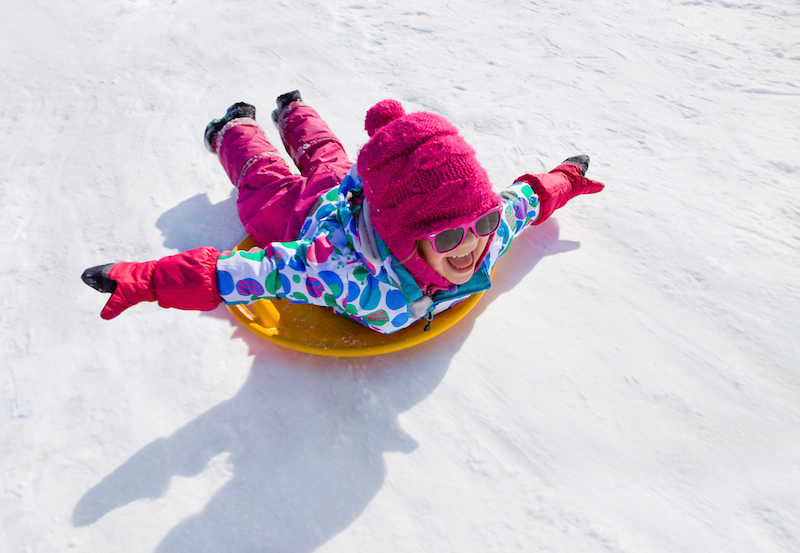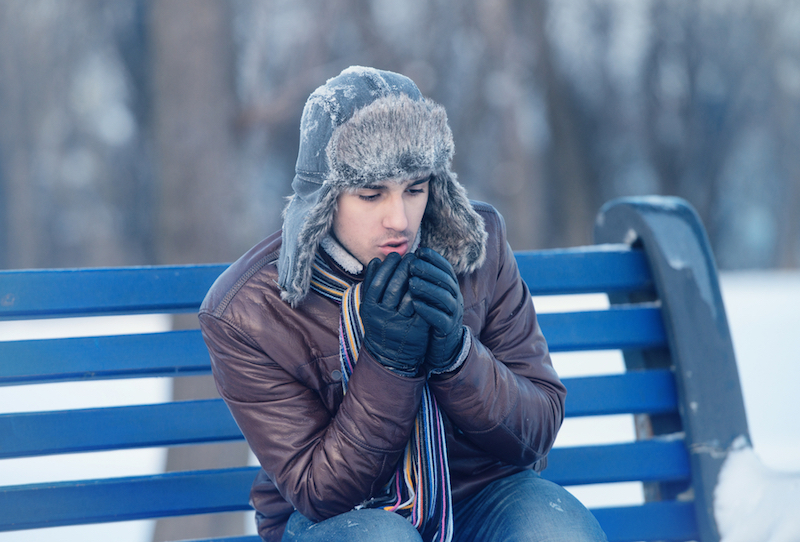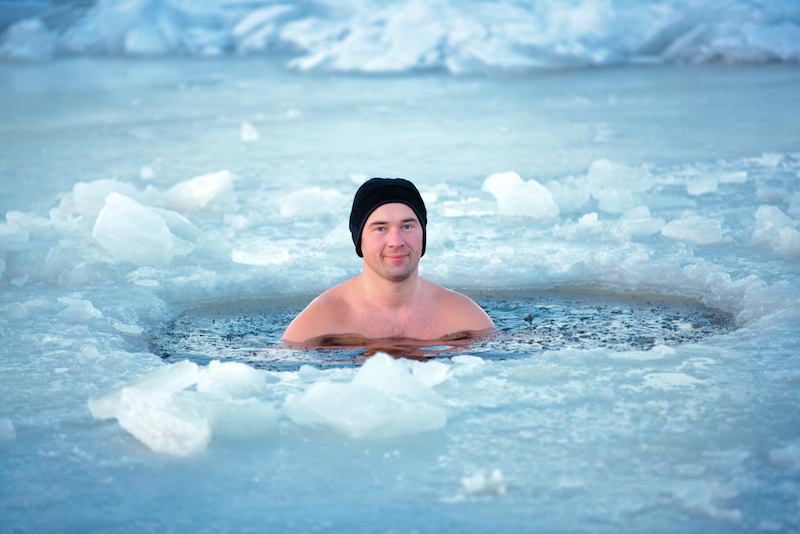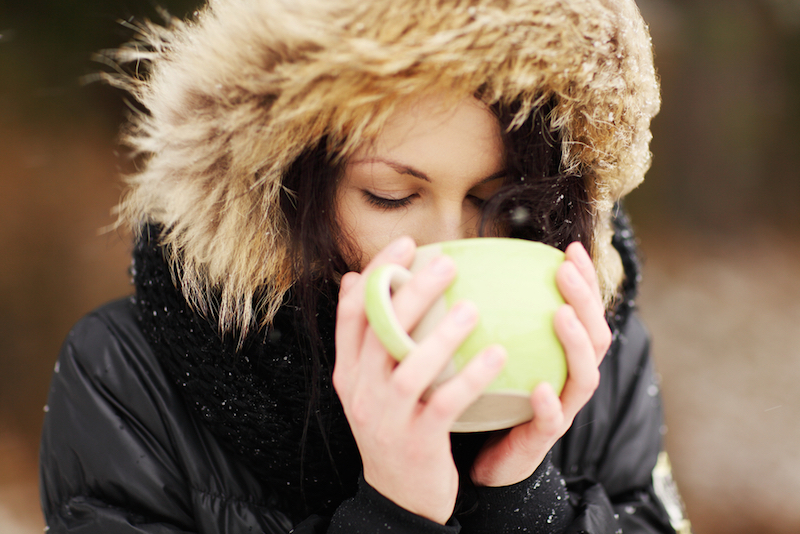7 Scientific Tips for Staying Warm

Staying comfy in the cold, whether you're hiking urban canyons or hip deep in backcountry snow, requires paying attention to the science of heat transfer. Loren Greenway, CEO of the Wilderness Medical Center in Salt Lake City, Utah, said that staying warm requires understanding two key principles: conduction and convection.
Conduction is the transfer of heat between two solid surfaces that are in direct contact with each other, such as when you stand on icy pavement. Convection is the transfer of heat between a mass (such as your body) and a moving fluid or gas (such as an icy wind that whips around every square inch of you).
Understanding both of these chilling mechanisms, as well as the workings of your body's built-in thermoregulatory system, will help keep you warm and safe when the next polar vortex comes to town.
Layer up
You lose heat through conduction whenever your body comes into direct contact with something cold, like when you sit on chilly ground. Wind steals your body heat through convection. But you can insulate yourself against both types of heat loss by wearing layers, Greenway said. [5 Ways to Prepare Your Skin for Winter]
Your base layer — think long underwear and thick, wool socks — keeps you from losing heat through conduction. And wearing an external, wind- and water-proof but breathable layer will protect you from heat loss though convection. "Anything that you can build around you [to enclose yourself] in a microenvironment that will help insulate from the effects of the cold, that is a good thing," Greenway said.
Stop the shivering
Sign up for the Live Science daily newsletter now
Get the world’s most fascinating discoveries delivered straight to your inbox.

Think of shivering as a warning sign that you need to get yourself someplace warmer, fast. When your skin temperature drops, shivering kicks in to keep your core temperature from falling, too. The spasmodic contracting and relaxing of your muscles "consumes calories, and it generates heat" to replace the heat your body is losing through convection or conduction, Greenway said. But that means "once you start shivering, that's your brain telling your body it's time to get to a place where you're warmer."
People with mild hypothermia will shiver, but those with moderate hypothermia may not. The body stops shivering when the muscle contractions are no longer effective in producing heat, he said. That means "as you get colder, shivering actually stops, so then your core body temperature just plummets."
Stoke the furnace
Being well-fed — meaning consuming more calories than you're burning — will help your body handle the cold better, according to Greenway. "It always helps to be well-fed in the backcountry when it's cold," he said. "This is all-important, to keep your blood sugar up enough to provide the energy you need to keep warm in a cold situation."
Staying hydrated is also key, Greenway said. "Your body will tolerate the cold much better if food and water balance are maintained."
Just get used to it

You can acclimatize yourself to cold weather. "People who are outside a lot and spend time in the cold can actually reduce their 'set point,' it's called, before they respond to cold," Greenway said.
The mechanism through which this reset happens is not fully understood, but a type of body fat called brown fat may play a role, recent research suggests. Unlike regular "white" body fat, that stores extra calories, brown fat actually consumes calories, and releases the energy as heat.
Newborns and hibernating mammals have lots of brown fat, which is thought to generate heat in animals that cannot shiver. And studies in animals and humans have shown that cold acclimation increases brown fat's heat-generating capacity. Some research also suggests that exposure to cold actually boosts the amount of brown fat in the body.
Being physically fit also makes it easier for people to cope with cold, Greenway said. But being too thin can be a disadvantage, because body fat helps keep you warm.
Be prepared, all the time
Heed weather warnings, and stock your car with water, calorie-dense foods, warm blankets and extra sets of dry clothes just in case. According to the National Oceanic and Atmospheric Administration, 25 percent of winter-related fatalities occur when people are caught unprepared out in a storm.
Know your risks
Drugs to treat high blood pressure, including alpha-blockers, beta-blockers and direct vasodilators, can make you more sensitive to the cold, as can some medical conditions, such as hypothyroidism. Age also affects the human body's cold-coping mechanisms. Children under age 2 have not developed the ability to shiver to raise their body temperatures, and people over age 60 are less able to generate heat though shivering, Greenway said.
Skip the booze

Sure, a brandy-laced hot toddy or a shot of schnapps sounds like just the thing to keep you warm on a bitter day. While a warm beverage will indeed raise your core temperature and help you withstand a chill, don't spike it. "Alcohol is absolutely the worst thing that somebody could consume" if they are already cold, Greenway said. "It drops core body temperature."
Follow us @livescience, Facebook & Google+. Original article on Live Science.










